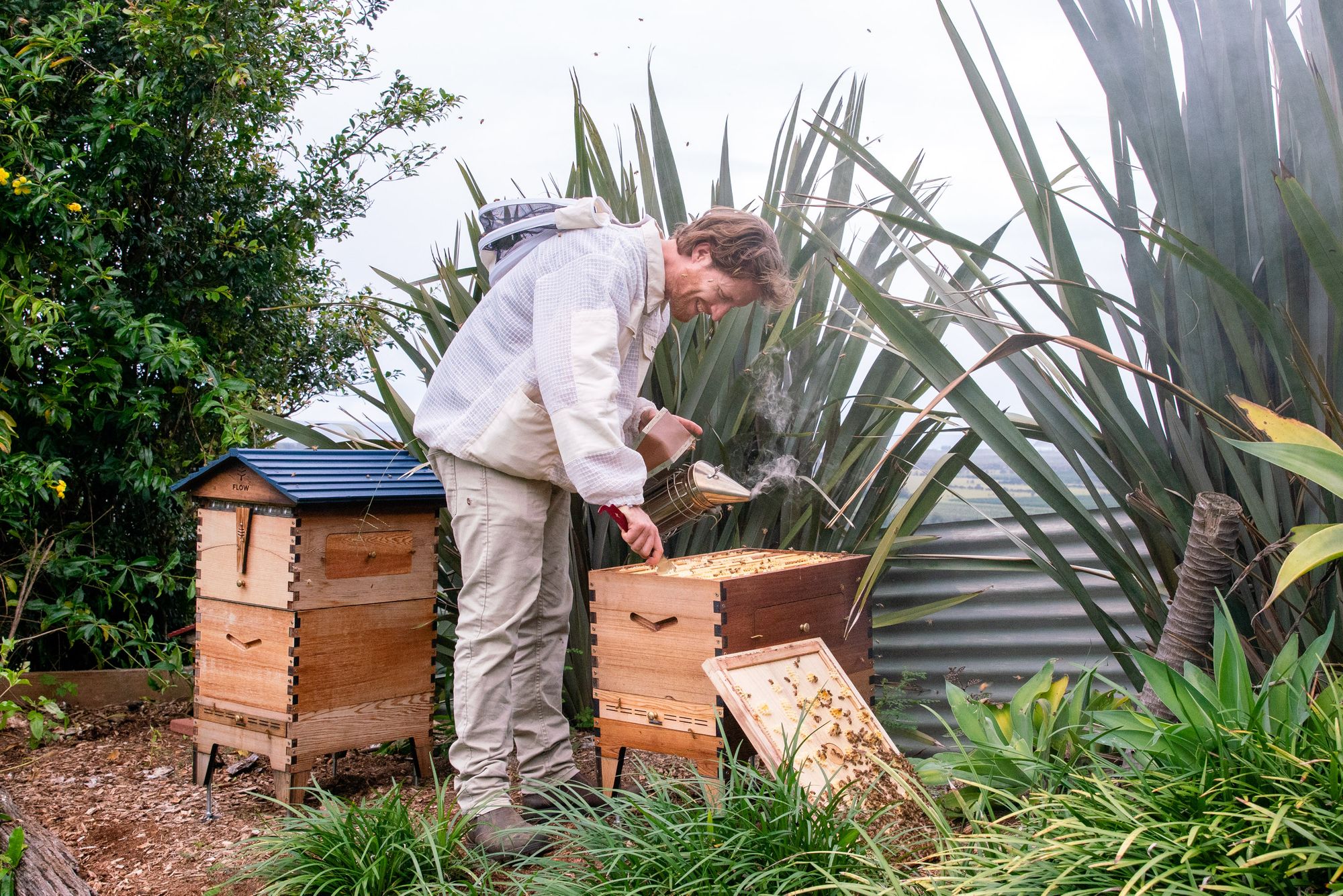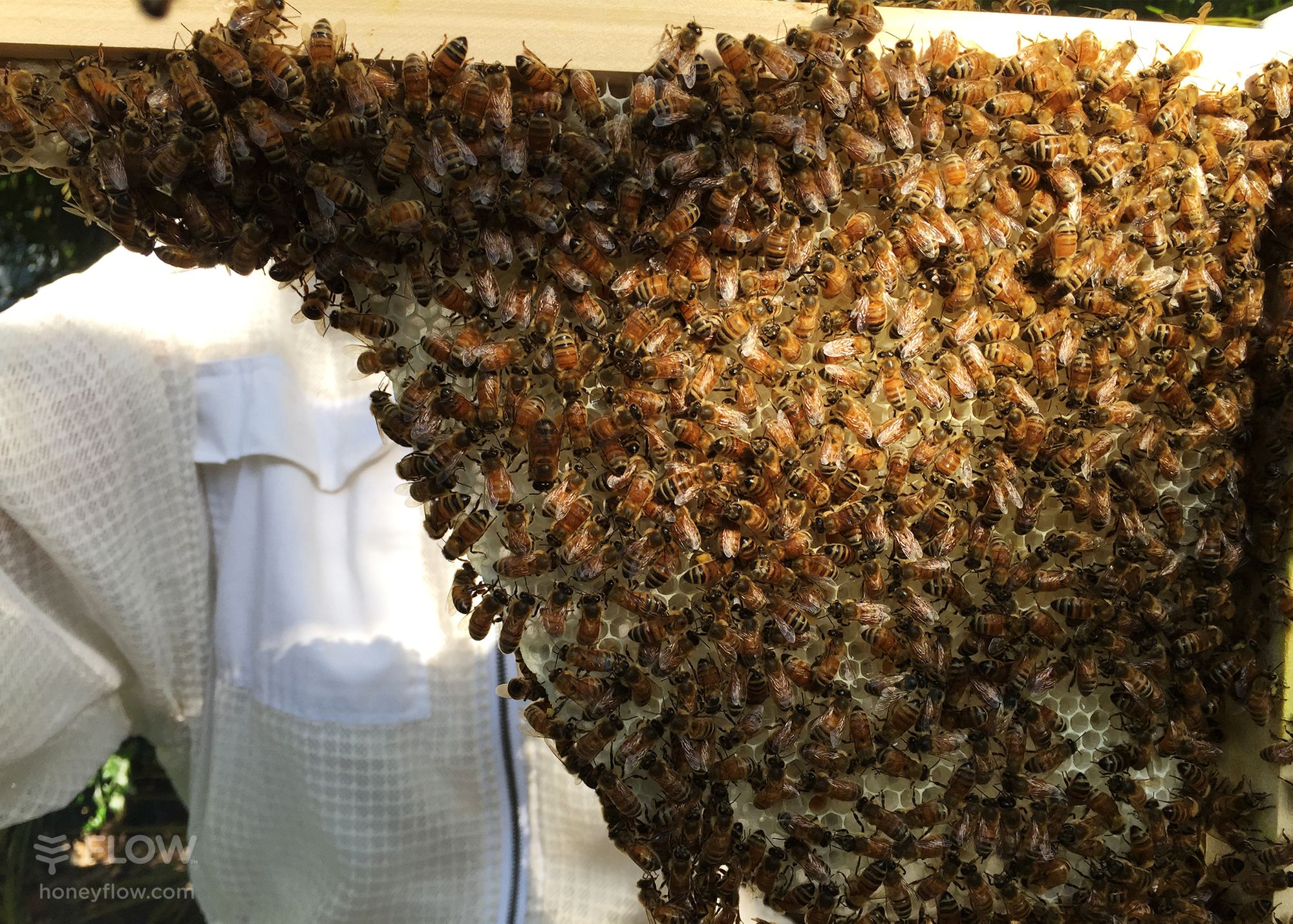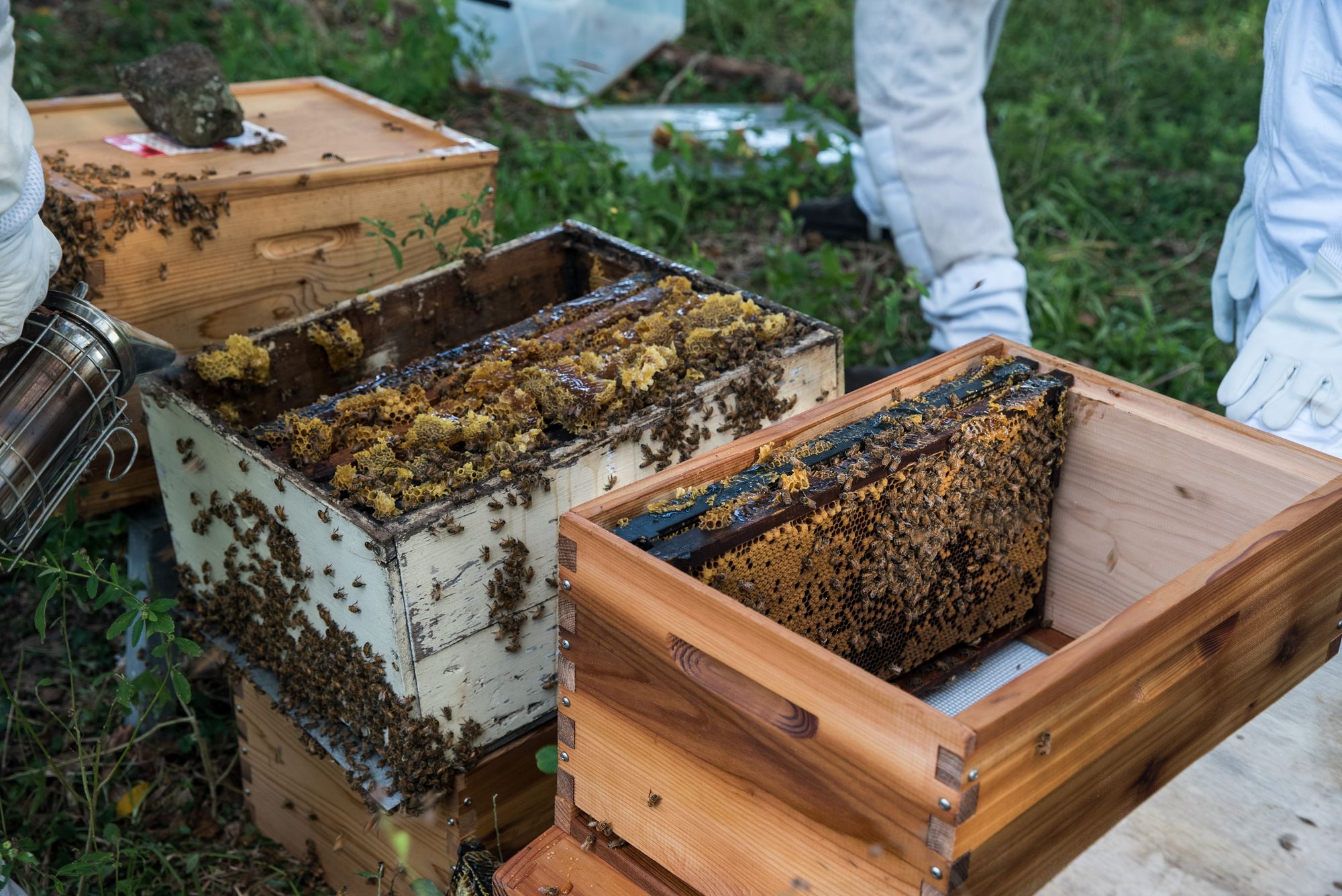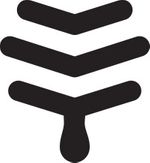Rotating brood frames is considered good beekeeping practice for the health of the colony – it’s recommended to cycle them out in a 2 to 5-year cycle. The start of spring is a great opportunity to swap out old brood frames with fresh ones, which can be easily done during a brood box inspection.

So why rotate old brood frames?
- Old comb can harbour nasties. It is important to cycle out old brood frames to avoid pathogen build-up in the wax comb. This is especially true of diseases which spore, such as European Foulbrood (EFB). Wax production is also said to be the way bees detoxify, so old comb can contain residual traces of pesticides which though reasonably innocuous at trace levels can build up over time.
- Small bees. The bees do a fastidious job in polishing out the cells between each generation of emergent baby bees, however, there is often a thin remnant of the pupae’s cocoon. This means over time the cells can become smaller. Beekeepers may note that after a few years their bees become smaller in size. Replacing old brood comb can mitigate this.
- Building new frames may delay their decision to swarm. Bees always require a task to preoccupy themselves; and building new wax, which is resource intensive, takes the colony a great deal of orchestration and may prolong their decision to swarm. Of course, splitting is always the best way to prevent this.

Here’s some of the less invasive methods of cycling out old frames
One way to do this is to take out any honey frames on the edge of the brood, and replace these with empty new frames in the middle, where the queen will then be able to lay eggs in fresh comb.
You can also do this when you split your hive in spring. This provides the opportunity to put in new empty brood frames in each hive. Once the hives have settled and begun building out the new frames, move any older brood frames to the outside, and when they’re filled with mainly honey you can move them out. As above, this method can be done without splitting your hive – it just gives an opportunity for a lot of new comb in one go.

A final method which can be effective is to remove two Flow Frames from the Flow Super and place the old comb into the centre. You will need to be mindful to not remove the rear window while you’ve got the timber frames in place, as this will create a new exit point for your bees.
Building new wax is a very resource intensive task – although ideal in spring with the abundance of resources available to your colony, cycling out old brood frames can be done at any time of the year.
What to do with the old comb filled with honey
You can harvest the cut-comb, crush and strain the honey the old fashioned way, or fit the frame horizontally in the roof cavity to encourage the bees to come through the inner cover and clean out the honey.
Be on the lookout for the bees building more comb in the roof area or robbing, if trying out the final suggestion!




